The Art Institute of Washington Hosts Chefs of Tomorrow™ Media Dinner and Is Awarded Grant from Olson Communications
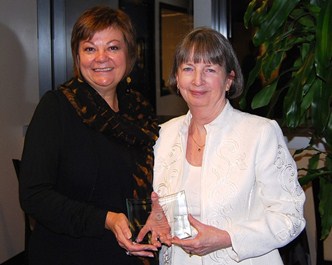 Students dazzled editors representing some of the food industry’s most prominent publications at the 2011 Chefs of Tomorrow™ media dinner held at The International Culinary School at The Art Institute of Washington in Arlington, Va., on November 9 during the International Foodservice Editorial Council (IFEC) Conference.
Students dazzled editors representing some of the food industry’s most prominent publications at the 2011 Chefs of Tomorrow™ media dinner held at The International Culinary School at The Art Institute of Washington in Arlington, Va., on November 9 during the International Foodservice Editorial Council (IFEC) Conference.
The elegant, multicourse dinner in the school’s public fine-dining restaurant, Culinaire, featured innovative use of products from companies represented by Chicago-based Olson Communications, a full-service agency that specializes in delivering innovative marketing-communication strategy to its portfolio of select food-industry clients.

 The Culinary Institute of America has announced the creation of the role of provost at the CIA. As the senior academic administrator of the college, the provost is vested with oversight of education, research, accreditation, continuing education and food and beverage operations at all CIA campuses. The provost will report to Dr. Tim Ryan, president of the CIA.
The Culinary Institute of America has announced the creation of the role of provost at the CIA. As the senior academic administrator of the college, the provost is vested with oversight of education, research, accreditation, continuing education and food and beverage operations at all CIA campuses. The provost will report to Dr. Tim Ryan, president of the CIA.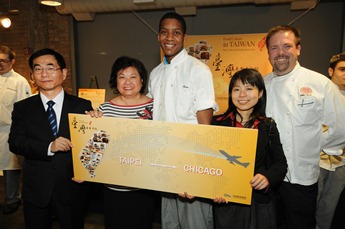 Kendall College School of Culinary Arts student Tayler Moore, a 20-year old sophomore pursuing his bachelor’s degree in culinary arts, won an all-expenses-paid weeklong trip to experience the foods and flavors of Taiwan in the first cookoff of its kind at Kendall College on Dec. 12. The competition, hosted by the Taipei Economic and Cultural Office (TECO) in Chicago, highlighted the official launch of Taiwan’s Government Information Office’s multilingual Web site (
Kendall College School of Culinary Arts student Tayler Moore, a 20-year old sophomore pursuing his bachelor’s degree in culinary arts, won an all-expenses-paid weeklong trip to experience the foods and flavors of Taiwan in the first cookoff of its kind at Kendall College on Dec. 12. The competition, hosted by the Taipei Economic and Cultural Office (TECO) in Chicago, highlighted the official launch of Taiwan’s Government Information Office’s multilingual Web site ( The National Restaurant Association Educational Foundation (NRAEF) proudly announced last autumn that NRAEF ProStart alumna Jazmin Eck was awarded a full scholarship to California Culinary Academy in San Francisco, where she planned to begin her education in September. Eck was chosen for the scholarship while attending the 25th Annual NRAEF Salute to Excellence awards held on May 21, 2011, in Chicago.
The National Restaurant Association Educational Foundation (NRAEF) proudly announced last autumn that NRAEF ProStart alumna Jazmin Eck was awarded a full scholarship to California Culinary Academy in San Francisco, where she planned to begin her education in September. Eck was chosen for the scholarship while attending the 25th Annual NRAEF Salute to Excellence awards held on May 21, 2011, in Chicago.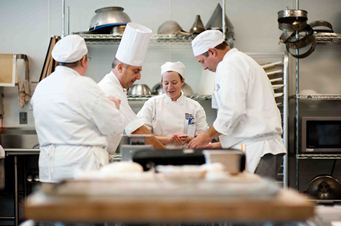 High-school students seeking assistance with the rising cost of culinary school are in luck. The American Academy of Chefs (AAC), the honor society of the American Culinary Federation (ACF), the nation’s largest professional chefs organization, and The Chefs Academy (TCA), an ACFEF-accredited program in Indianapolis, are pleased to announce four new scholarships available for students accepted to TCA, totaling $5,000 over four years.
High-school students seeking assistance with the rising cost of culinary school are in luck. The American Academy of Chefs (AAC), the honor society of the American Culinary Federation (ACF), the nation’s largest professional chefs organization, and The Chefs Academy (TCA), an ACFEF-accredited program in Indianapolis, are pleased to announce four new scholarships available for students accepted to TCA, totaling $5,000 over four years.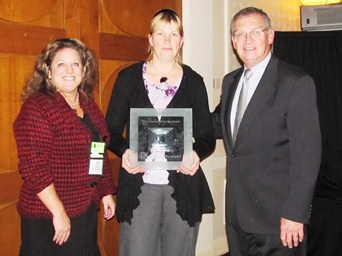 Women Chefs & Restaurateurs’ 2011 Educator of the Year acknowledges that any chef can serve virtually anything any time of year. But what have we sacrificed? Today’s culinary student is caught in the middle.
Women Chefs & Restaurateurs’ 2011 Educator of the Year acknowledges that any chef can serve virtually anything any time of year. But what have we sacrificed? Today’s culinary student is caught in the middle.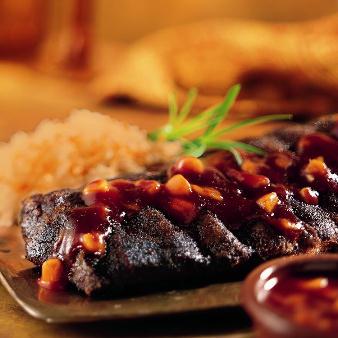 Mintel predicts five foodservice trends that will shape restaurant menus in 2012.
Mintel predicts five foodservice trends that will shape restaurant menus in 2012.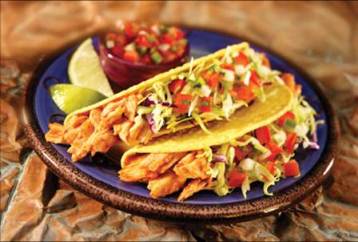 Despite little change over 20 years in the healthfulness of the foods we consume, more Americans rank their diets worse. Are we more receptive today to dietary guidance?
Despite little change over 20 years in the healthfulness of the foods we consume, more Americans rank their diets worse. Are we more receptive today to dietary guidance?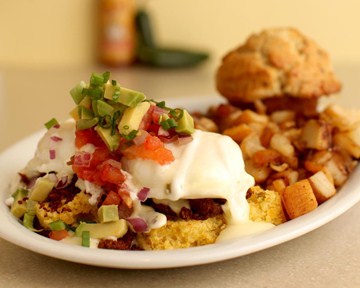 Technomic finds ample growth opportunities for restaurants serving the first daypart.
Technomic finds ample growth opportunities for restaurants serving the first daypart.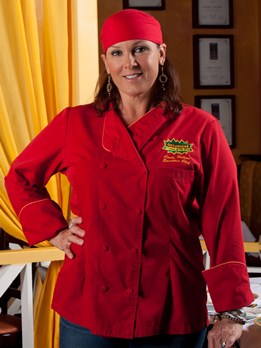 Cindy Hutson helped start the Caribbean wave that began its sweep of the nation nearly 20 years ago. But then as now, she was about so much more. Today, she’s proving it.
Cindy Hutson helped start the Caribbean wave that began its sweep of the nation nearly 20 years ago. But then as now, she was about so much more. Today, she’s proving it.